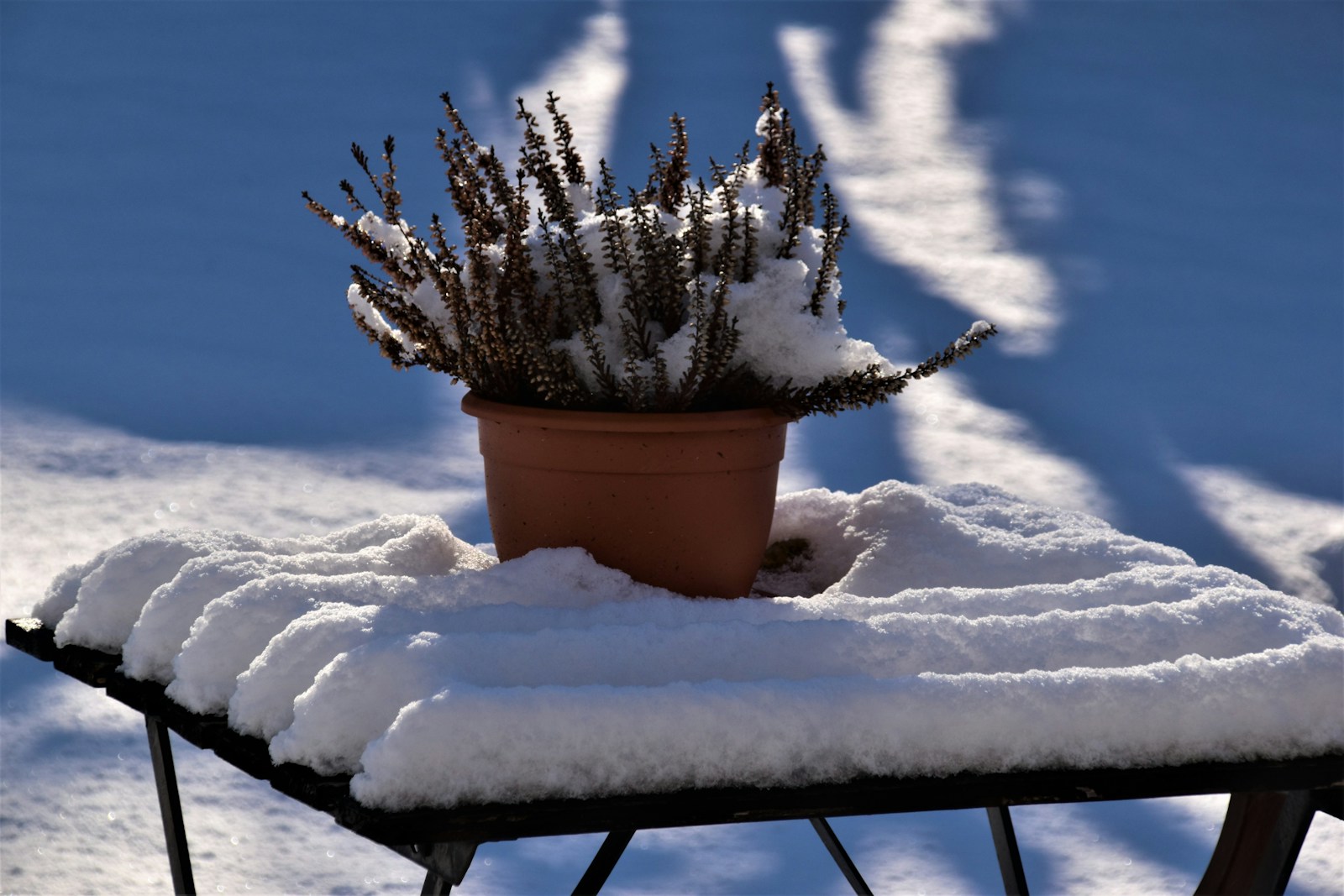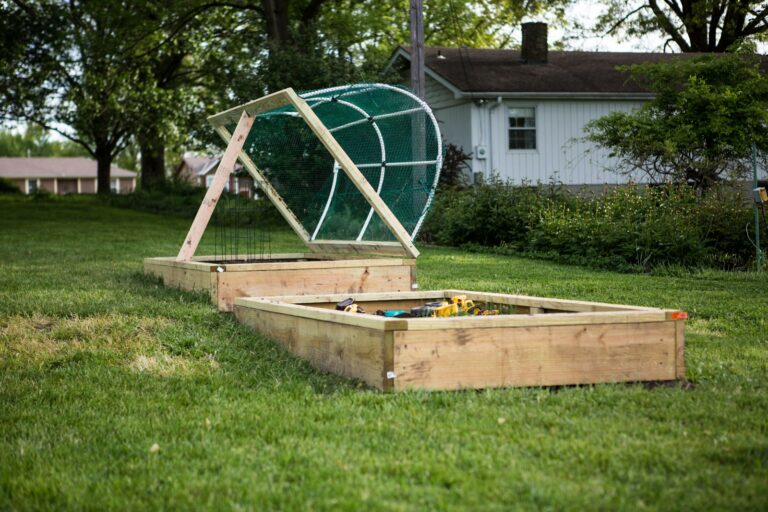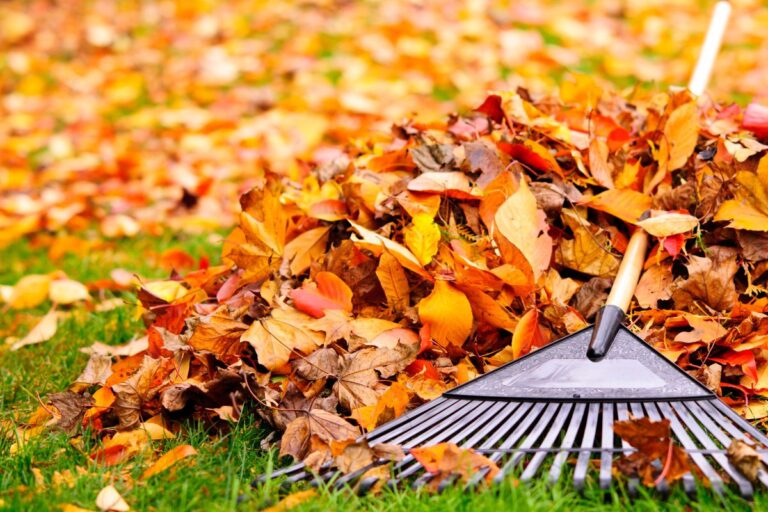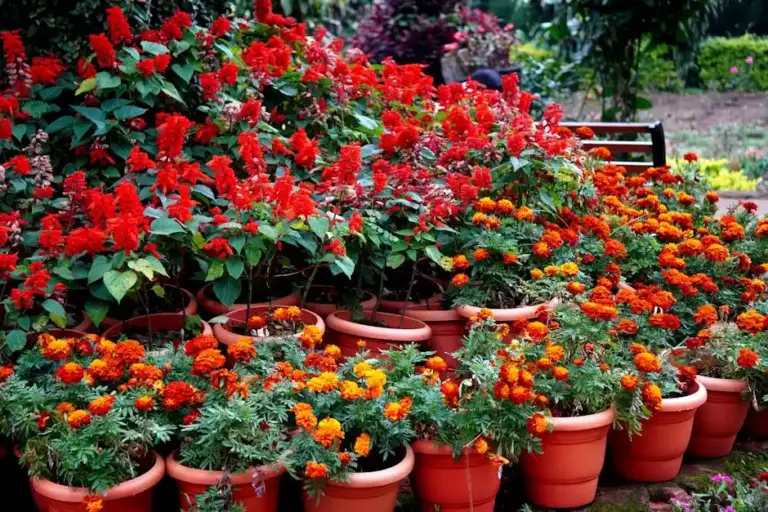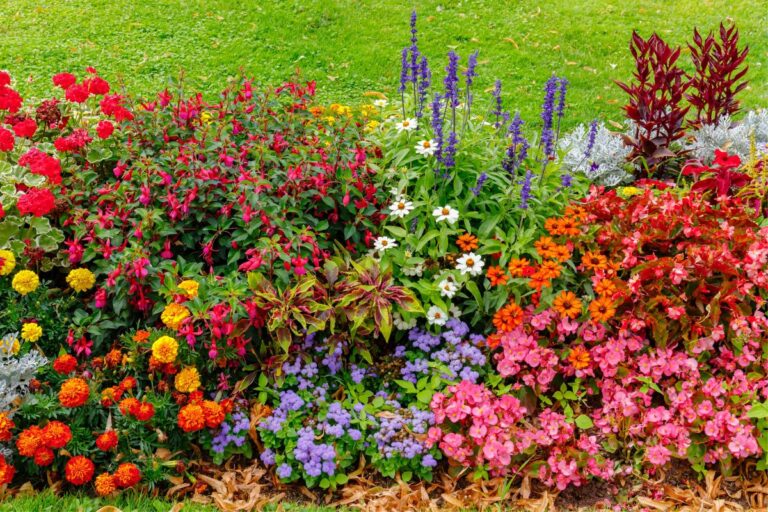How to Protect Your Garden from Frost Before It’s Too Late Tips for a Healthy Winter Garden
If you’ve ever lost a favorite plant to an unexpected freeze, you know how frustrating frost can be. Those chilly nights can sneak up on you, but a bit of planning can save your garden from damage.
Cover plants with frost cloths or old bed sheets before nightfall
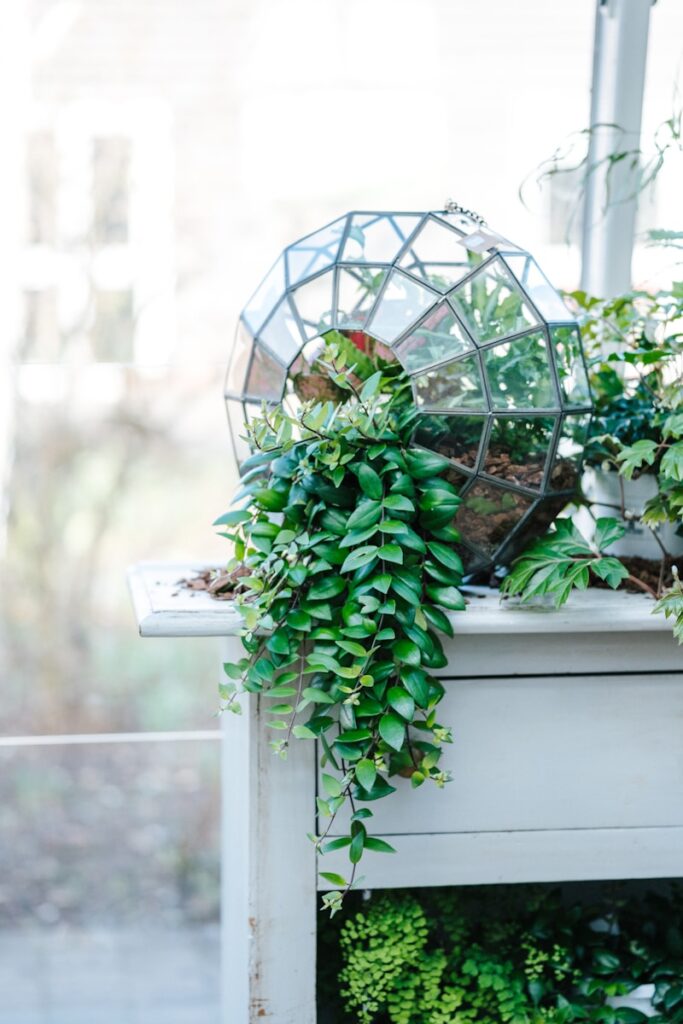
As the sun drops, grab some frost cloths or old bed sheets to cover your plants. This simple step traps warmth from the soil and keeps cold air away.
Make sure the covers reach all the way to the ground to hold in heat. Secure the edges with rocks or stakes so they don’t blow away.
Skip plastic covers since they can trap moisture and cause more harm than good. Old bed sheets are gentle on leaves and easy to remove in the morning once temperatures rise.
If you’re curious about using household items for frost protection, there are plenty of tips out there to help you get started.
Water your garden in the afternoon to keep soil warm overnight
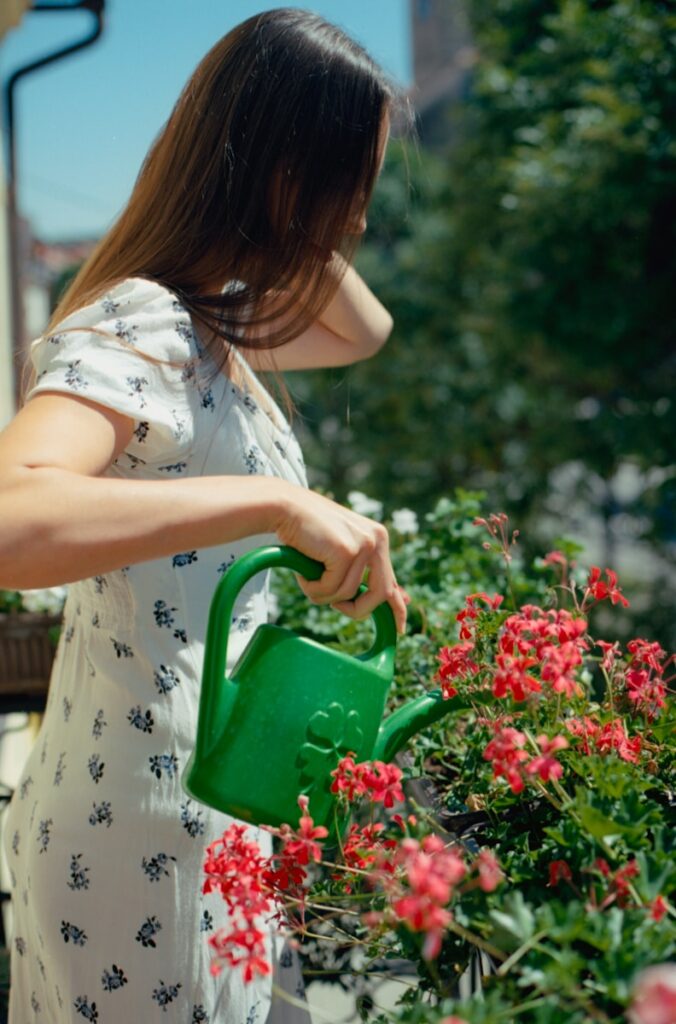
Giving your garden a good drink in the afternoon can make a big difference. Moist soil stays warmer than dry soil, which helps protect roots from freezing.
Try to water a few hours before sunset so the ground can soak it up. Avoid watering too late, since soggy soil overnight isn’t good for roots.
If frost is in the forecast, watering in the afternoon is more effective than waiting until morning. Frozen soil won’t absorb much water, so plan ahead.
Use mulch around vulnerable plants to insulate roots

Mulch is like a cozy blanket for your garden. Adding a layer around your plants keeps soil warmer and helps prevent roots from freezing.
Natural materials like shredded bark, straw, or leaves work best. Spread the mulch a few inches thick around the base, but don’t pile it right against the stems.
Timing is important. Apply mulch after the first hard frost to lock in soil warmth as the weather cools down.
This extra layer also helps cut down on weeds and keeps moisture in the soil during winter. Young plants and new shrubs benefit the most from this added protection.
Bring potted plants indoors or into a garage at night

When a cold snap is coming, moving potted plants inside can be a lifesaver. Even a garage or shed can offer enough warmth to make a difference.
If you can’t bring them inside, group pots together and cover them with a blanket or frost cloth to trap heat. Avoid placing them near heaters or vents, which can dry them out.
A little effort now can keep your favorite plants thriving until spring. There are lots of guides out there on how to safely transition plants indoors if you need more info.
Prune dead or damaged foliage to prevent disease

After a frosty night, check your plants for any leaves or stems that look dead or damaged. Removing these parts helps stop disease from spreading.
Use clean, sharp pruning shears to avoid harming healthy growth. Only trim the clearly damaged areas and avoid over-pruning.
Cleaning your tools before and after each use helps keep germs from spreading between plants. Waiting a few days after frost makes it easier to spot what won’t recover.
Set up windbreaks with garden fencing or shrubs
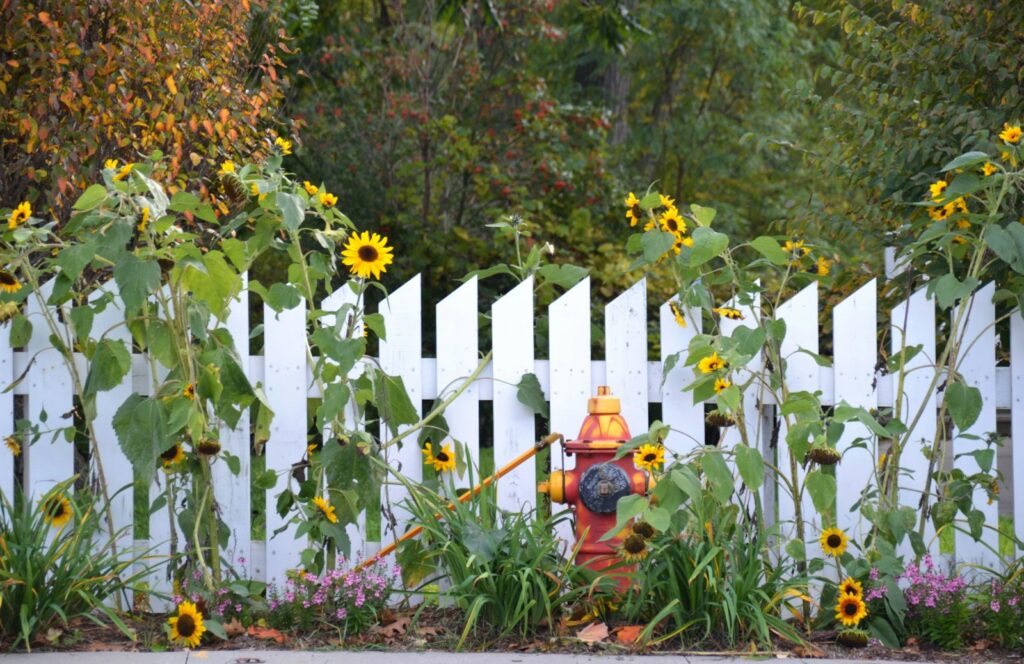
A cold wind can make frost even worse for your plants. Setting up windbreaks with fencing or shrubs can make your garden feel a lot less harsh.
Place a fence or line of shrubs where the wind usually comes from. Solid fences or evergreen shrubs work especially well for blocking chilly gusts.
Besides protecting from frost, windbreaks can reduce soil erosion and add some structure to your garden. Even a few well-placed barriers can help your plants stay healthier through the winter.
If you want creative ideas for windbreaks, there are plenty of resources to help you find what works best for your space.
Use cold frames or cloches to protect young seedlings
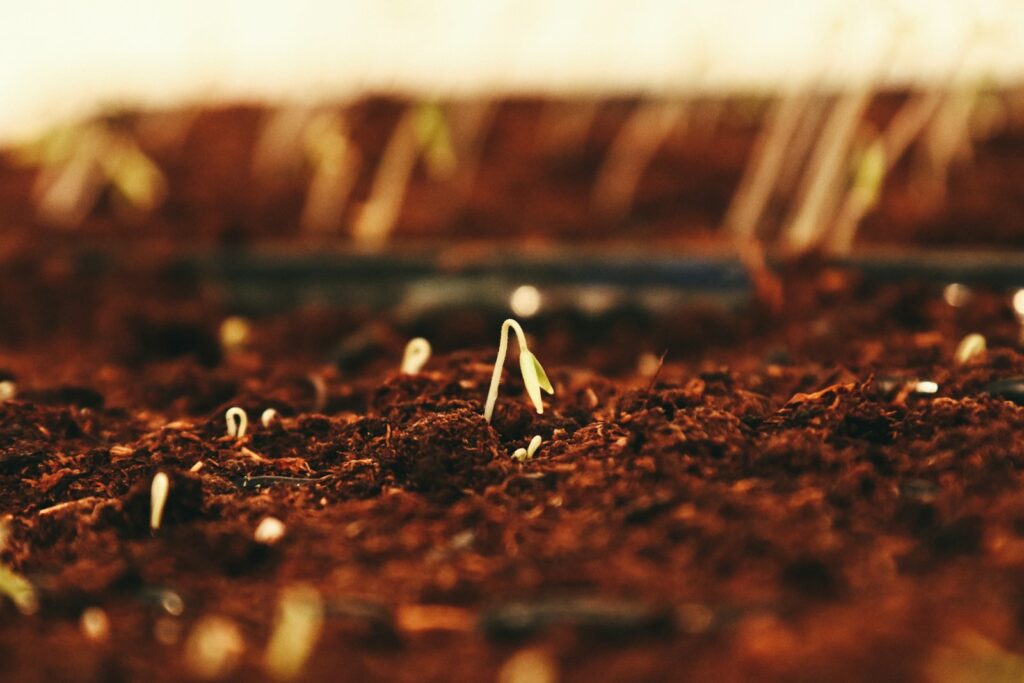
Worried about your seedlings making it through a surprise cold snap? Cold frames and cloches can help you keep those young plants safe.
A cold frame works like a mini greenhouse with a clear roof. You can make one yourself or pick up a ready-made version.
Set the frame over your seedlings in the garden to keep them warm and shielded from chilly weather. Your plants will be much happier during cold nights.
Cloches are another handy option. These dome-shaped covers slip over individual plants and are easy to move around as needed.
When frost is in the forecast, pop a cloche over each seedling. Remember to take them off during the day to let your plants breathe.
Cold frames and cloches also let you get a jump on the gardening season. They create a cozy environment so you can start planting earlier.

